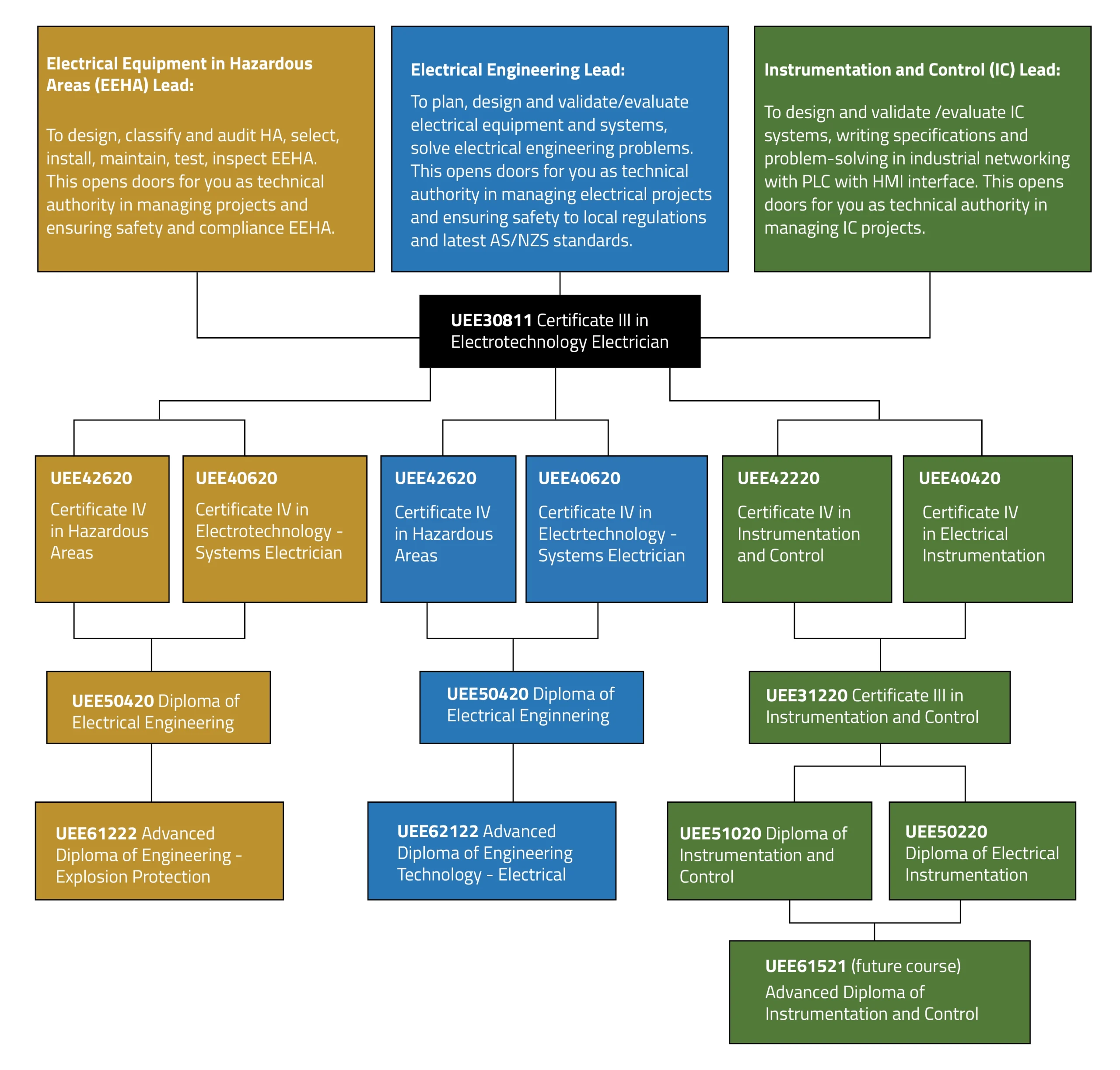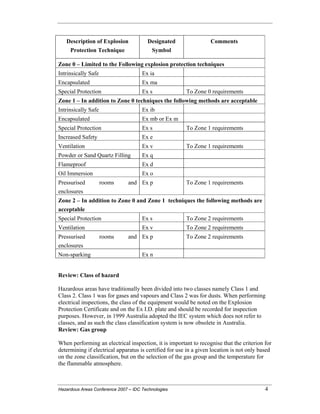The Roar Solutions Ideas
The Roar Solutions Ideas
Blog Article
About Roar Solutions
Table of ContentsThe 2-Minute Rule for Roar SolutionsHow Roar Solutions can Save You Time, Stress, and Money.More About Roar Solutions
In order to protect installations from a possible explosion a technique of analysing and identifying a potentially unsafe area is needed. The objective of this is to guarantee the proper choice and installment of tools to ultimately protect against a surge and to guarantee safety and security of life.
(https://dzone.com/users/5292804/roarsolutions.html)
No equipment needs to be installed where the surface area temperature of the equipment is higher than the ignition temperature level of the given danger. Below are some common dust unsafe and their minimal ignition temperature. Coal Dirt 380C 225C Polythene 420C (thaws) Methyl Cellulose 420C 320C Starch 460C 435C Flour 490C 340C Sugar 490C 460C Grain Dirt 510C 300C Phenolic Resin 530C > 450C Aluminium 590C > 450C PVC 700C > 450C Residue 810C 570C The chance of the threat being existing in a concentration high sufficient to trigger an ignition will vary from location to place.
In order to categorize this danger a setup is separated right into locations of threat relying on the amount of time the harmful is present. These areas are referred to as Zones. For gases and vapours and dusts and fibres there are 3 areas. Zone 0 Zone 20 A hazardous ambience is extremely likely to be present and may exist for extended periods of time (> 1000 hours annually) or also constantly Area 1 Area 21 A hazardous atmosphere is possible but not likely to be existing for lengthy periods of time (> 10 450 C [842 F] A category of T6 suggests the minimal ignition temperature is > 85 C [185 F] Unsafe area electric tools maybe made for use in greater ambient temperatures. This would certainly suggested on the rating plate e.g. EExe II C T3 Ta + 60C( This indicates at 60C ambient T3 will not be exceeded) T1 T1, T2, T3, T4, T5, T6 T2 T2, T3, T4, T5, T6 T3 T3, T4, T5, T6 T4 T4, T5, T6 T5 T5, T6 T6 T6 A T Class rating of T1 indicates the optimum surface area temperature level generated by the instrument at 40 C is 450 C. Assuming the associated T Course and Temperature rating for the devices are ideal for the location, you can always make use of a tool with a much more rigid Department rating than needed for the area. There isn't a clear answer to this concern. It actually does rely on the type of tools and what fixings require to be accomplished. Equipment with particular examination procedures that can not be performed in the field in order to achieve/maintain 3rd party score. Need to return to the factory if it is prior to the devices's service. Area Repair By Authorised Employee: Complicated screening may not be needed however certain treatments may need to be followed in order for the devices to preserve its third event ranking. Authorized personnel need to be utilized to do the work appropriately Fixing have to be a like for like replacement. New element have to be considered as a straight substitute requiring no unique testing of the tools after the repair service is full. Each tool with a harmful ranking need to be examined separately. These are outlined at a high level below, but also for more comprehensive info, please refer straight to the standards.
The smart Trick of Roar Solutions That Nobody is Talking About
The devices register is a comprehensive data source of equipment records that consists of a minimum set of areas to determine each item's area, technological criteria, Ex category, age, and environmental information. This details is essential for monitoring and taking care of the devices effectively within unsafe locations. On the other hand, for regular or RBI sampling inspections, the grade will certainly be a combination of In-depth and Close evaluations. The proportion of Comprehensive to Close evaluations will be established by the Tools Danger, which is analyzed based upon ignition danger (the probability of a source of ignition versus the possibility of a flammable atmosphere )and the unsafe area classification
( Area 0, 1, or 2). This variation will certainly likewise affect the resourcing requirements for job prep work. As soon as Lots are specified, you can create tasting strategies based on the example dimension of each Great deal, which refers to the variety of random tools products to be checked. To determine the called for example size, 2 elements need to be reviewed: the dimension of the Whole lot and the group of inspection, which shows the level of initiative that should be used( minimized, Continued typical, or raised )to the evaluation of the Great deal. By integrating the classification of examination with the Whole lot size, you can then develop the suitable being rejected standards for a sample, meaning the allowable variety of malfunctioning things discovered within that sample. For more details on this procedure, please refer to the Energy Institute Guidelines. The IEC 60079 conventional advises that the optimum period between examinations must not exceed three years. EEHA examinations will certainly additionally be performed beyond RBI campaigns as component of set up upkeep and equipment overhauls or repair services. These inspections can be attributed towards the RBI sample dimensions within the influenced Whole lots. EEHA examinations are performed to identify mistakes in electric devices. A heavy racking up system is vital, as a single item of equipment might have multiple mistakes, each with varying levels of ignition danger. If the combined score of both assessments is less than two times the fault score, the Lot is deemed acceptable. If the Great deal is still considered inappropriate, it has to undertake a complete assessment or justification, which may activate stricter examination methods. Accepted Great deal: The sources of any mistakes are determined. If a typical failing mode is located, extra equipment might need maintenance. Faults are categorized by seriousness( Security, Honesty, Housekeeping ), guaranteeing that urgent concerns are examined and attended to quickly to minimize any kind of influence on safety or operations. The EEHA data source need to track and tape the lifecycle of faults along with the restorative actions taken. Carrying out a durable Risk-Based Examination( RBI )technique is essential for ensuring conformity and safety and security in taking care of Electric Equipment in Hazardous Locations( EEHA) (high voltage courses). Automated Mistake Rating and Lifecycle Management: Effortlessly take care of mistakes and track their lifecycle to enhance inspection precision. The intro of this assistance for risk-based assessment even more reinforces Inspectivity's setting as a best-in-class remedy for governing compliance, in addition to for any asset-centric evaluation use situation. If you are interested in discovering a lot more, we welcome you to request a demonstration and uncover how our option can transform your EEHA monitoring procedures.
The Main Principles Of Roar Solutions

In regards to eruptive risk, a hazardous area is a setting in which an eruptive atmosphere is existing (or may be expected to be present) in quantities that require special safety measures for the construction, setup and use devices. hazardous area electrical course. In this write-up we explore the difficulties faced in the office, the threat control steps, and the required competencies to function safely
These compounds can, in particular conditions, form eruptive atmospheres and these can have major and unfortunate repercussions. Many of us are familiar with the fire triangle eliminate any one of the 3 elements and the fire can not take place, however what does this mean in the context of hazardous areas?
In many circumstances, we can do little regarding the degrees of oxygen airborne, but we can have considerable impact on sources of ignition, for instance electrical equipment. Hazardous areas are recorded on the harmful location category drawing and are recognized on-site by the triangular "EX LOVER" sign. Right here, amongst various other key details, zones are split into three types depending on the danger, the likelihood and duration that an eruptive environment will certainly exist; Zone 0 or 20 is considered one of the most hazardous and Area 2 or 22 is regarded the least.
Report this page